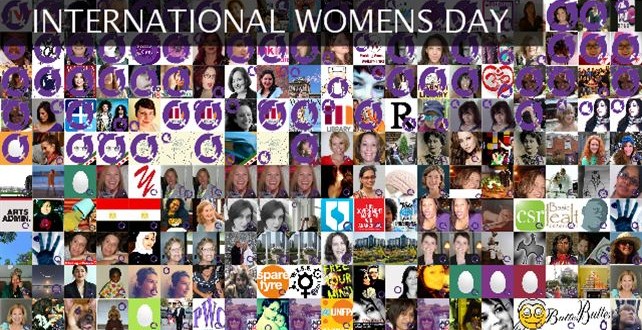International Women’s Day (IWD) is an annual tradition that began in 1908 and is observed either in late February or in early March. The day marks a global celebration of women’s economic, social, political, and cultural achievements. Each year, new barriers to female success emerge, which makes it difficult to achieve gender equality in all aspects of life.
Today, International Women’s Day takes on an even more complex meaning. In addition to focusing attention on gender parity and social issues, the holiday celebrates women and their achievements. Here’s a little more information about the holiday and how you can get involved.
History of International Women’s Day
The role of women in society has grown and evolved since that important date in 1908. In 1909, just one year after the historic march, the Socialist Party of America declared February 28 National Women’s Day. Similar events unfolded abroad throughout the following decade, but the event that would evolve into IWD as we now understand it was the International Conference of Working Women, held in Copenhagen in 1910. It was in 1911 that the event was termed International Women’s Day, giving rise to the thousands of celebrations in honor of women that have taken place in its name ever since.
2. Why was it set up?
When it first began, women were demanding that they be given the right to vote – which they received in Britain in 1918 but just last year in Saudi Arabia – to hold public office and to be given equal employment rights as men.
Today, when only a fifth of parliamentary seats are held by women and only 19 heads of state out of a possible 196 are women – only seven more women than 20 years ago – there is much progress still to be made.
The number of female cabinet ministers has at least tripled between 1994 and 2014 – but remains low compared to men, at only 17 per cent.
Women are also predicted to face another 118-year wait for the gender pay gap to close, with only 55 of the 500 richest people in the world being women.
3. What is this year’s International Women’s Day focusing on?
The United Nations first began celebrating the day on 8 March in 1975, and each year has given focus to women’s status around the globe.
The current goals fit in with the 2030 Agenda for Sustainable Development.
They follow on from an event hosted by UN Women and the People’s Republic of China for global leaders to commit to action on women’s empowerment and access to capital.
The new agenda, which is meant to build on the unfulfilled Milennium Development Goals, has a stand-alone goal just for the empowerment of women and girls as a core means of tackling economic underperformance, global overpopulation and poverty worldwide.
It also celebrates the achievements of women throughout history.
In some countries, the day is a national holiday and sisters, grandmothers, mothers, women and partners are given presents to mark it.
4. Is it still needed?
Aside from the older motivations surrounding political office and the pay gap, there is also increasing awareness of the disproportionate amount of abuse women suffer at the hands of others.
An estimated 120 million girls and women under the age of 20 have been subjected to forced sexual intercourse or other forced sexual acts – around 10 per cent.
A huge majority of cases, which often involved partners and relatives, also go unreported – and convictions for rape remain very low in Britain alone.
More than a third of women worldwide have also experienced physical or sexual violence at some point in their lives, with this being most common between a woman’s teenage years and menopause.
Meanwhile, nearly a quarter of a billion more women are in the global workforce today than a decade ago, but they are only earning what men did in 2006, according to the World Economic Forum.
And one in 10 married women are not consulted by their husbands on how their own cash earnings will be spent.
5. What does the United Nations say about International Women’s Day?
Ban Ki-moon, the UN Secretary-General, said he had been on a personal campaign to promote women and ensure their democratic representation in parliaments across the world.
“We have shattered so many glass ceilings we created a carpet of shards,” he said.
“Now we are sweeping away the assumptions and bias of the past so women can advance across new frontiers.”
Agencies/Canadajournal

 Canada Journal – News of the World Articles and videos to bring you the biggest Canadian news stories from across the country every day
Canada Journal – News of the World Articles and videos to bring you the biggest Canadian news stories from across the country every day

